Fishtail, Montana, is a very small place—its population is listed as 478—but everything else about it is immense: the snow-capped Beartooth Mountain range in the distance and that legendary big sky, a bright blue bowl stretching across the horizon. The panoramic views in every direction somehow feel greater than 360 degrees. Within this extraordinary setting, a surprisingly intimate new structure by Diébédo Francis Kéré offers a vantage point from which to connect with the great western landscape.

Additional Content:
Jump to credits & specifications
On a 12,000-acre working sheep and cattle ranch just outside of Fishtail, Cathy and Peter Halstead, through their family’s Sidney E. Frank Foundation, established the music and visual arts center Tippet Rise against the dramatic natural backdrop. The property is home to large-scale works by Ensamble Studio, Mark di Suvero, Alexander Calder, Stephen Talasnik, Patrick Dougherty, and others. Now Kéré’s pavilion, Xylem, represents the first site-specific commission at Tippet Rise since its opening in 2016.
The 2,100-square-foot circular structure of wood and steel is a serene place of respite for visitors. “I started to think about how I could create a space where you can retire, be yourself, and begin to dream,” says the Berlin-based architect of his first permanent work in North America. Situated near the main performance space, Olivier Music Barn, and close to the open-air Tiara Acoustic Shell, Xylem will host programming such as small concerts or poetry readings from time to time. “We think of poetry as the underpinning of architecture and of music,” says Peter Halstead. “So we look forward to doing those things there.”
Kéré, who has worked extensively in his native Burkina Faso, first explored a similar idea for a structure in the 2015 exhibition, “AFRICA: Architecture, Culture and Identity,” at the Louisiana Museum of Modern Art in Denmark. The Halsteads had seen photographs of Kéré’s Louisiana Canopy, and were taken with his installation of upright logs, suspended overhead and gathered up from the floor to form seating. “From there, we started to think about how to formally connect that idea with the site,” the architect recalls.
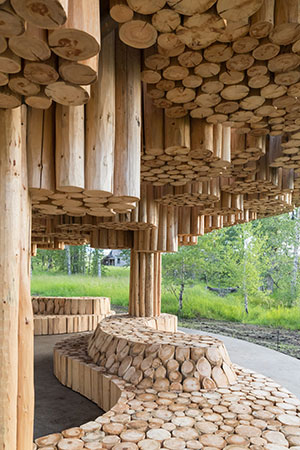
Kéré and his collaborators developed the design for a modular honeycomb canopy of 31 steel hexagons supported by seven Y-columns of 1-inch-thick CorTen. Ten vertical bundles of ponderosa and lodgepole pine logs fill each 9-foot hexagonal frame, stepping down into the space at different elevations and allowing dappled light to filter through. Additional partial bundles, sawed smooth along their outer faces, fill in the partial hexagons at the edges of the canopy to form a perfect circle. More vertical logs cover each column, rising up from the curving, built-in benches. Kéré says his inspiration for the seating design came from a painting Cathy Halstead made decades ago that evokes a single-celled organism, the paramecium. (The pavilion’s name also has organic roots; “xylem” refers to the vascular tissue of plants). “Her piece of art just pushed my design forward,” he says. Some 40,000 linear feet of logs were used in construction, says Laura Viklund of Gunnstock Timber Frames, the architect of record, who designed several other buildings at Tippet Rise.
The pavilion’s floor of exposed concrete poured into a metal deck sits atop a base of steel beams, secured to the site by helical piers. “It has to withstand extreme elements,” says Kéré, “so we were happy to have visionary engineers.” (London-based AECOM, his firm’s frequent partner, and DCI Engineers in Bozeman, Montana, were the structural engineers on the project.)
A gurgling creek cuts through the tall grasses surrounding the pavilion, the wood of which smells of just-cut pine. The space seems to amplify the sound of the moving water and the constant chittering of birds and insects. Beams of sunlight pierce through gaps in the structure overhead, dancing across the floor as the angle of the sun changes. And although the dining hall and other buildings are just a short walk away, sitting inside Xylem imparts a strong sense of being alone in, and embraced by, the spectacular landscape of Tippet Rise.
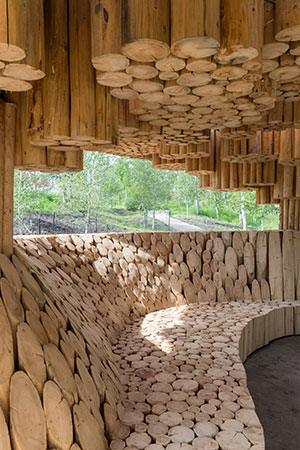
With time, the wood will turn gray, and the weathering steel will oxidize, leaving rusty streaks on the materials. “We wanted to make something that will blend in and age with its surroundings,” says Nina Tescari, the project leader from Kéré’s office. To further the natural experience, there is no lighting or electricity within or around the structure.
The site, nestled in a grove of aspen and cottonwood trees, was chosen by the clients, and provided Kéré with “a starting point.” “Given the immensity of nature around us—the big, infinite skies—we tried to bring Xylem back to the intimate, secret part of nature: the heart of a tree,” says Tescari. Adds Kéré, “It lets yet you feel intimate within the monumentality of this place as it opens you up to the horizon.”
That goal of opening up to the world outside is fundamental to the project, and extends beyond the realm of Tippet Rise. In one of their early conversations, the Halsteads not only commissioned Xylem, but also proposed funding the construction of Naaba Belem Goumma high school, which Kéré designed in his home village of Gando. “Not only do we get this beautiful pavilion from Francis, but we get to make people in Montana aware of Burkina Faso, and his work there, and the connections between small towns around the world,” says Peter. Named for Kéré’s father—a “visionary who understood the importance of education,” the architect says—the school for 1,000 students will open early next year.
CreditsArchitect: Kéré Architecture — Diébédo Francis Kéré, principal; Nina Tescari, Vincenzo Salierno, design team
Architect of record: Gunnstock Timber Frames — Laura Viklund
Engineers: AECOM, DCI Engineers (structural); DOWL Engineering (civil)
General contractor: On Site Management
Consultants: Pete Hinmon, Tippet Rise Art Center (project management); Oehme, Van Sweden (landscape)
Size: 2,100 square feet
Completion date: July 2019 |
SpecificationsWood fabrication Chris Gunn, Gunnstock Timber Frames
Concrete Davis and Sons Construction
Steel TrueNorth Steel, Western States Steel Erection
|
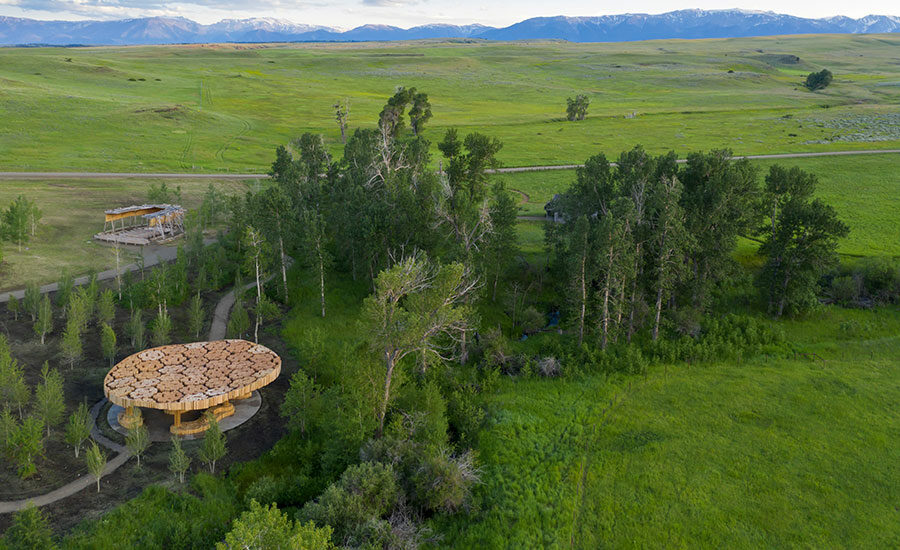
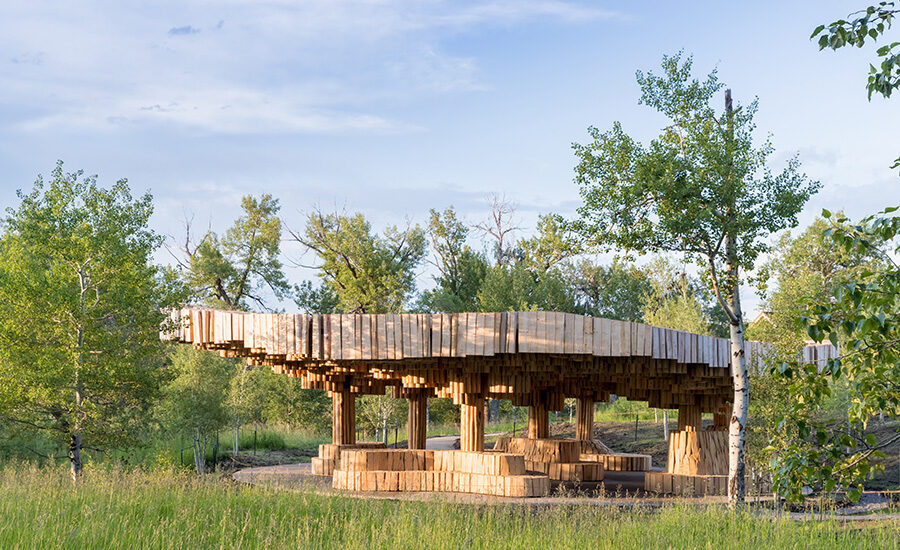
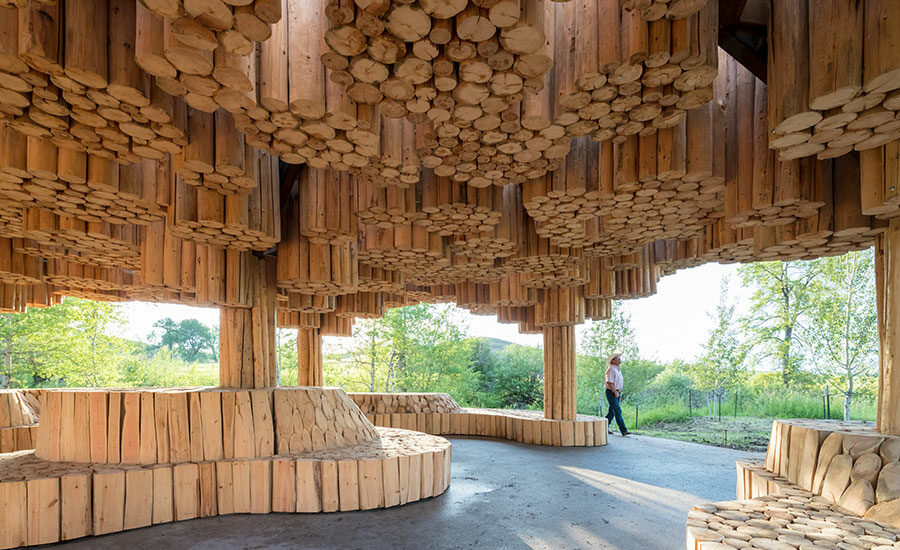
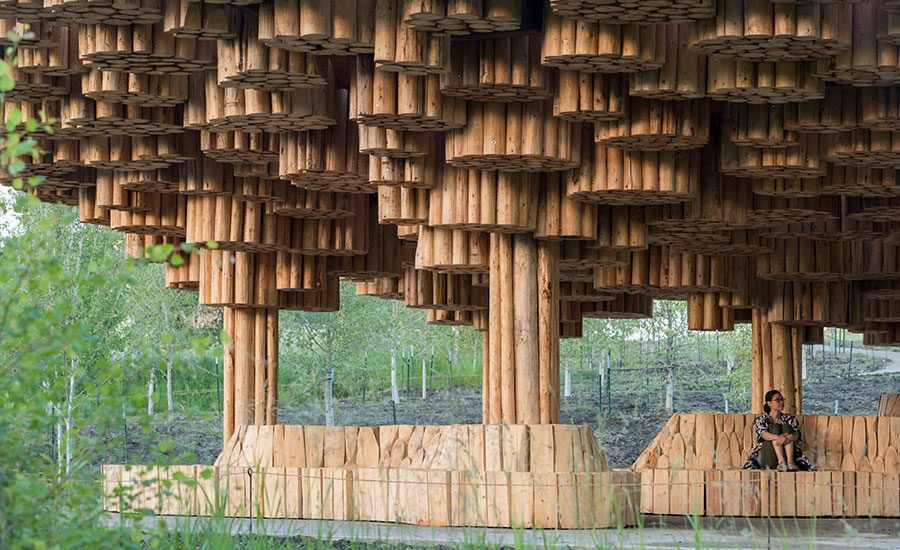
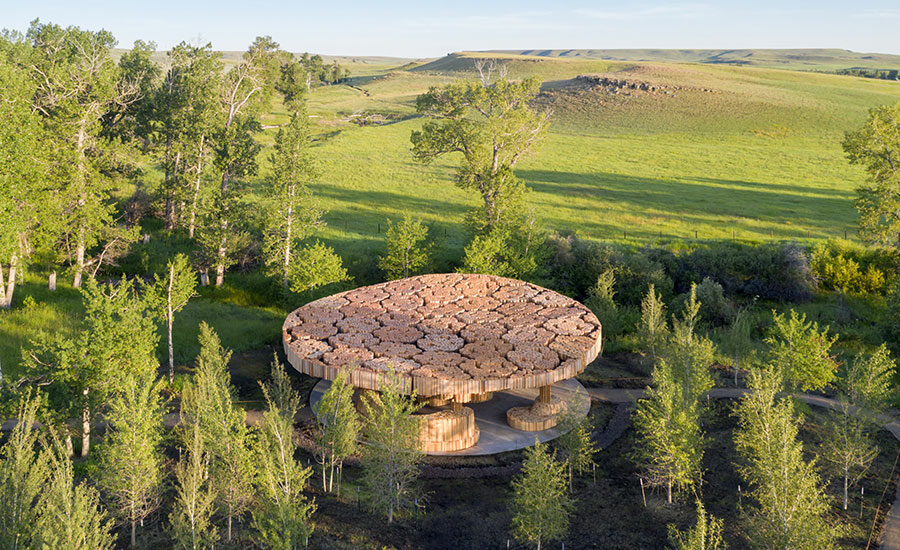
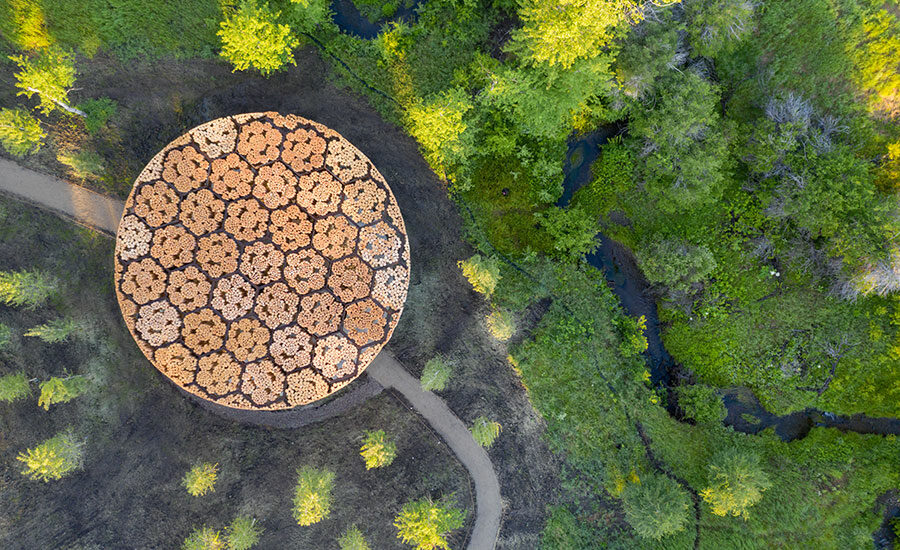
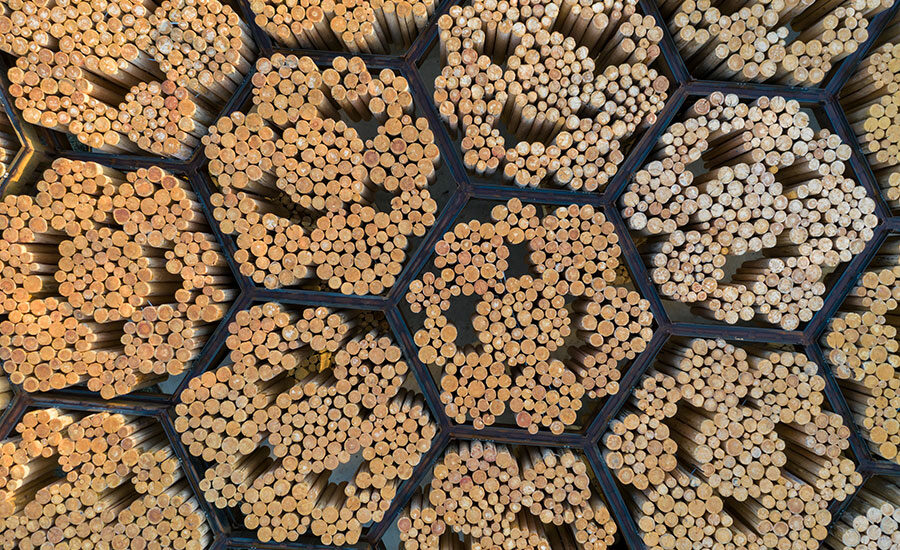

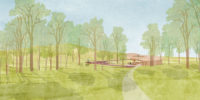

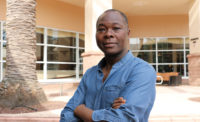
Post a comment to this article
Report Abusive Comment